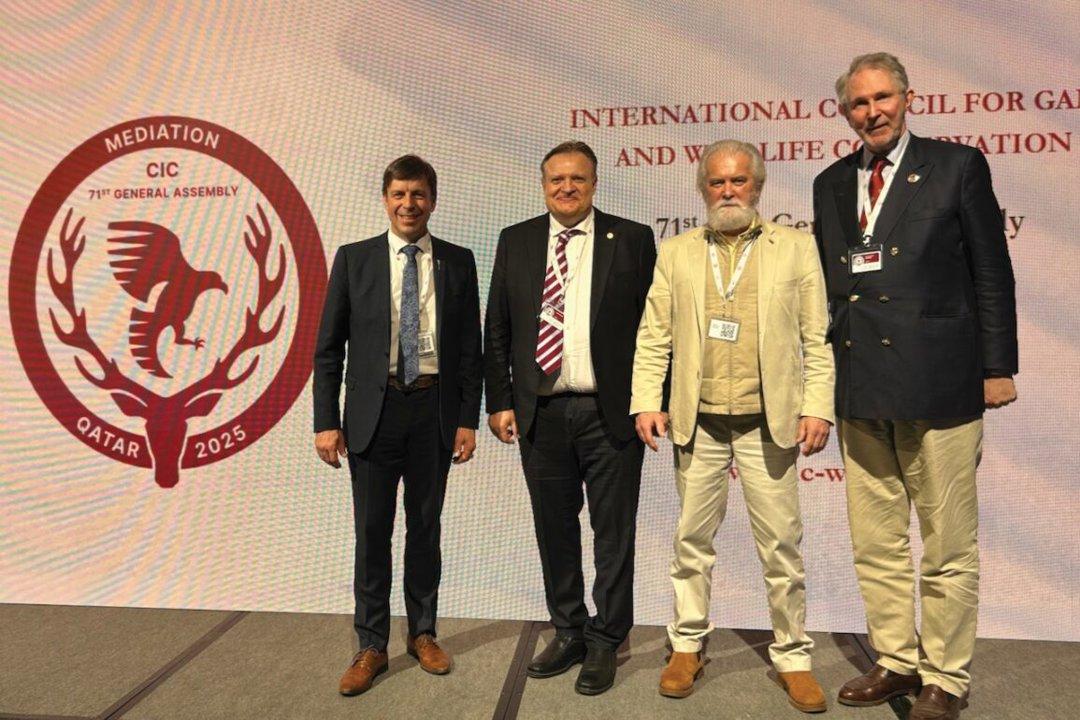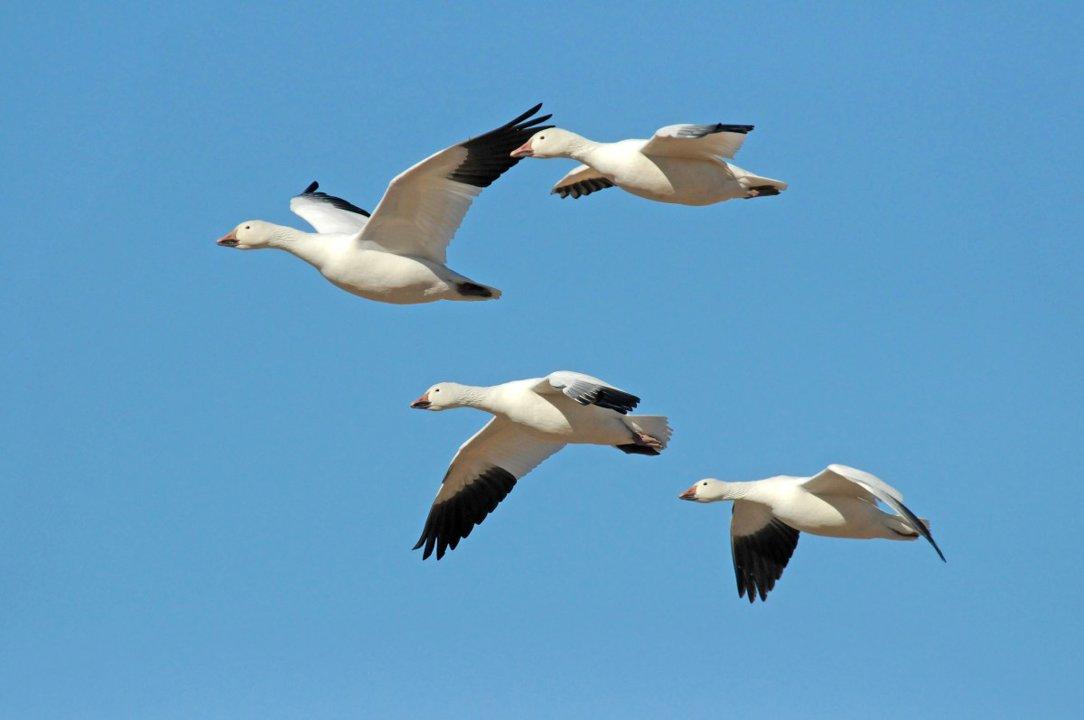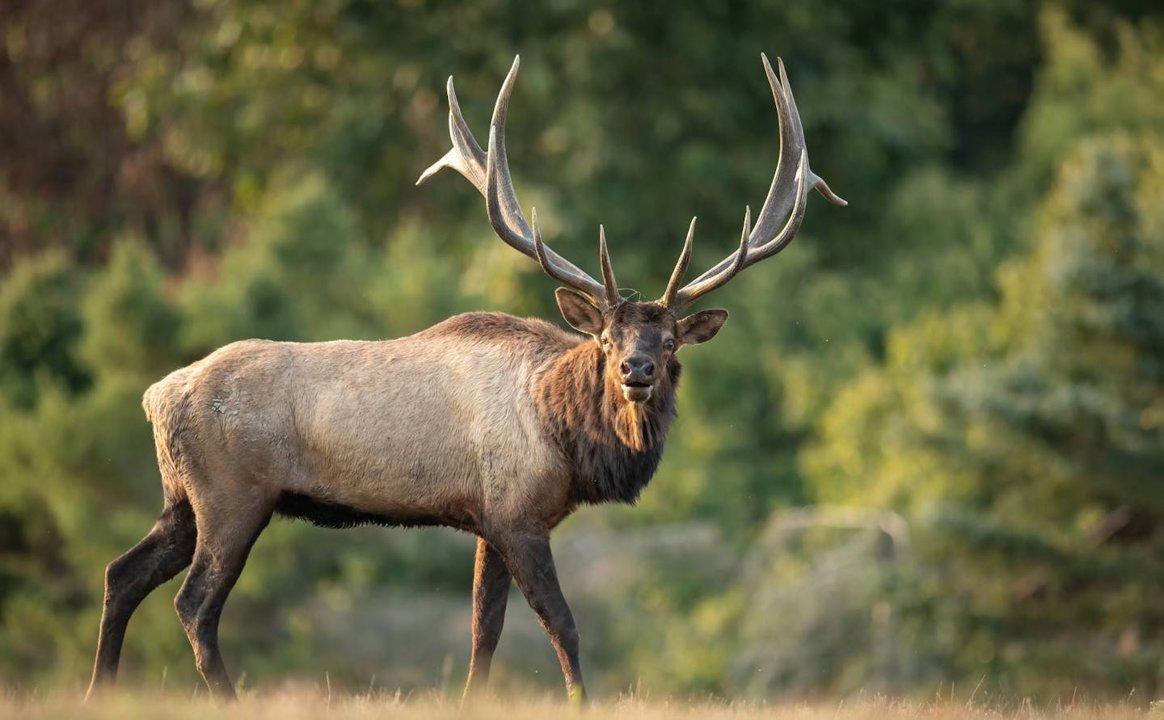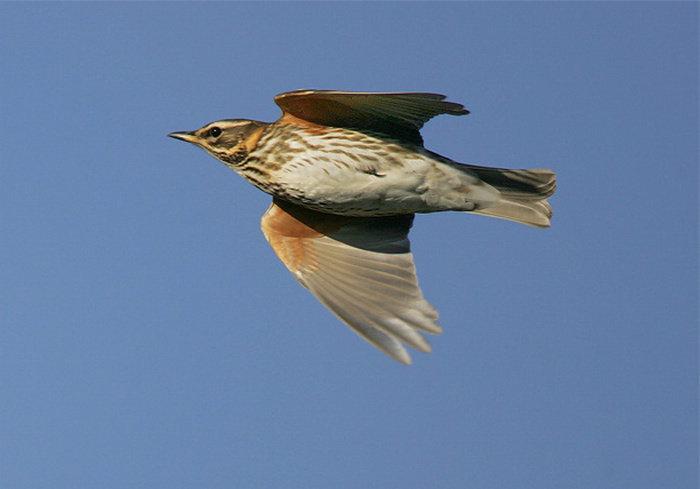
Hunting in ZAMBEZIA: Wildlife, Traditions, and Conservation in Mozambique’s Prime Hunting Destination Nestled in the heart of Mozambique, Zambezia is a hunter’s dream destination, offering a unique b
Post: 21 June 13:00

Post: 21 June 13:00

Post: 3 September 14:26

Post: 18 May 17:36

Post: 24 February 17:21

Post: 23 October 09:45

Post: 22 April 14:33

Post: 25 July 13:27

Post: 28 August 10:39

Post: 11 August 10:38

Post: 7 February 21:42

Post: 12 February 17:34

Post: 23 July 14:22

Post: 13 August 09:46

Post: 26 August 13:36

Post: 24 July 20:57

Post: 31 July 18:58

Post: 25 August 12:55

Post: 21 September 19:37

Post: 16 May 23:33

Post: 27 August 14:58

Post: 24 July 14:40

Post: 1 July 08:10

Post: 22 May 14:14

Post: 20 December 09:24

Post: 9 February 11:30

Post: 4 July 08:41

Post: 16 May 12:43

Post: 31 January 09:50

Post: 22 October 22:27

Post: 22 October 23:06

Post: 7 July 06:12

Post: 25 June 19:37

Post: 25 June 19:06

Post: 7 July 06:49

Post: 24 October 19:21

Post: 1 July 07:40

Post: 27 May 13:10

Post: 11 June 14:36

Post: 6 October 15:03
Post: 17 October 11:55

Post: 9 September 17:14

Post: 15 October 09:31

Post: 3 February 17:32

Post: 28 July 09:42

Post: 11 July 09:41

Post: 11 July 06:35

Post: 10 July 09:09

Post: 10 July 06:50

Post: 9 July 08:36

Post: 9 July 06:21